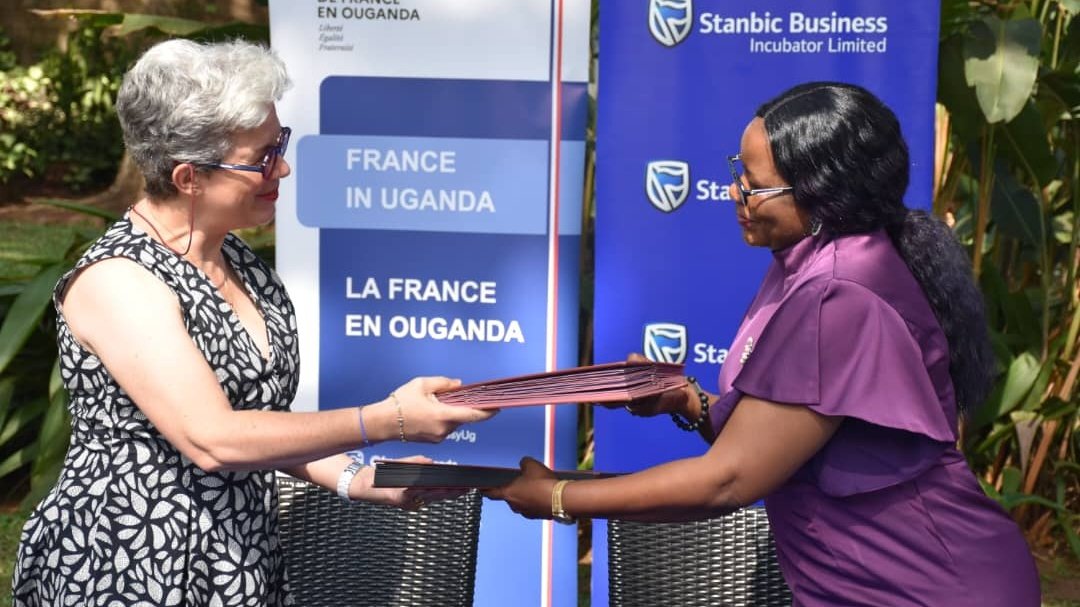Why Ugandans still struggle to access loans despite central bank rate cut
With the economy slowing and Ugandans lamenting the scarcity of money, the rate cut was expected to push commercial banks to follow suit, lowering their interest rates and making loans more affordable.

The Bank of Uganda’s recent move to cut its central bank rate to 9.75% was meant to signal a lifeline to borrowers across the country.
With the economy slowing and Ugandans lamenting the scarcity of money, the rate cut was expected to push commercial banks to follow suit, lowering their interest rates and making loans more affordable.
But for many ordinary Ugandans, the central bank’s gesture remains a distant promise rather than a practical reality.
Despite the central bank’s hopes, accessing loans for the average Ugandan is still fraught with challenges. Collateral requirements, high processing fees, and stringent credit checks remain insurmountable barriers for many citizens who need financing the most. While the reduction in interest rates may seem like good news on paper, it does little to address the deeper, systemic issues in Uganda’s banking sector that continue to shut out the majority.
Sarah Namara, a shop owner in Kampala, explains how the high barriers have kept her from expanding her business.
“I heard about the central bank reducing its rates, but that doesn’t help me,” she says. “When I go to the bank, they still ask for huge collateral—like land or a house—something I don’t have. So even if the interest rates are lower, how do I qualify for the loan?”
This sentiment is echoed across many parts of the country, where people like Namara face constant frustration when trying to access financing. Despite the central bank’s efforts to encourage lending, Uganda’s financial institutions remain cautious about lending to the average person, especially those in the informal sector, who often lack the kind of assets needed as security.
Dr. Peter Kagwa, an economist and financial inclusion expert, explains that while the central bank’s decision to lower its rate is well-intentioned, it may have little impact unless commercial banks take concrete steps to make their loans more accessible.
“The challenge is not just the interest rate,” he says. “It’s also the broader risk aversion of the commercial banks. They’re still hesitant to lend to people without significant assets, and that’s a major problem in Uganda, where many people, particularly in rural areas, don’t have land titles or other forms of traditional collateral.”
In fact, even as the central bank rate drops, there is no guarantee that commercial banks will immediately lower their rates. Historically, commercial banks in Uganda have been slow to adjust their lending rates in response to central bank decisions.
According to Dr. Kagwa, this lag means that ordinary Ugandans may not feel any tangible benefits from the rate cut for months—if at all.
“Commercial banks are often cautious when it comes to reducing interest rates, especially in uncertain economic climates. They look at other factors, like the risk profile of borrowers and the general stability of the economy,” he explains.
“Unfortunately, this means that the central bank’s actions don’t always trickle down to the people who need them most—ordinary Ugandans, small business owners, and farmers.”
Adding to the complexity is the fact that even with lower interest rates, many Ugandans simply can’t afford to take out loans. With the cost of living on the rise and incomes stagnating, potential borrowers are increasingly wary of taking on debt, even at lower rates.
“Many people are scared of borrowing because they’re already struggling to make ends meet,” says Harriet Nakanwagi, a microfinance officer in Mukono. “They don’t want to add loan repayments to their existing financial burdens.”
For Nakanwagi, the issue goes beyond just lowering interest rates. “If we want more people to take up loans, we need to make the banking system more inclusive. We need to look at alternative forms of collateral, like group guarantees, or offer more flexible repayment terms. Lowering interest rates is just one piece of the puzzle.”
As Uganda waits to see whether the recent rate cut will translate into real relief, experts argue that broader reforms are necessary to truly open up access to loans. Without addressing the structural barriers that prevent ordinary people from securing financing, many Ugandans will continue to face an uphill battle.
For now, people like Namara remain skeptical. “It’s hard to be hopeful,” she says, “when you’ve been told so many times that things will change, but they never do.” As the conversation around financial inclusion grows louder, it’s clear that for many Ugandans, the central bank’s rate cut is just the beginning of a much longer road to real financial access.







